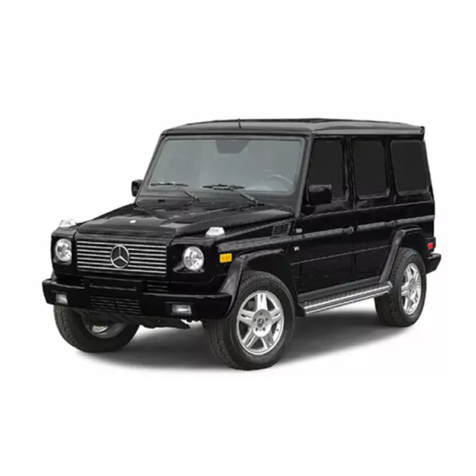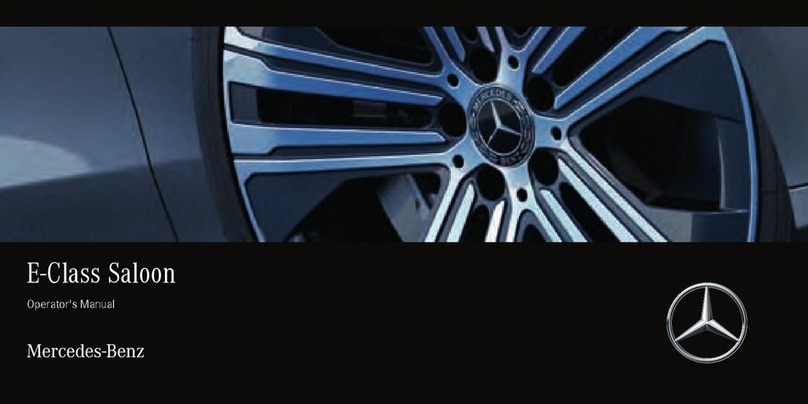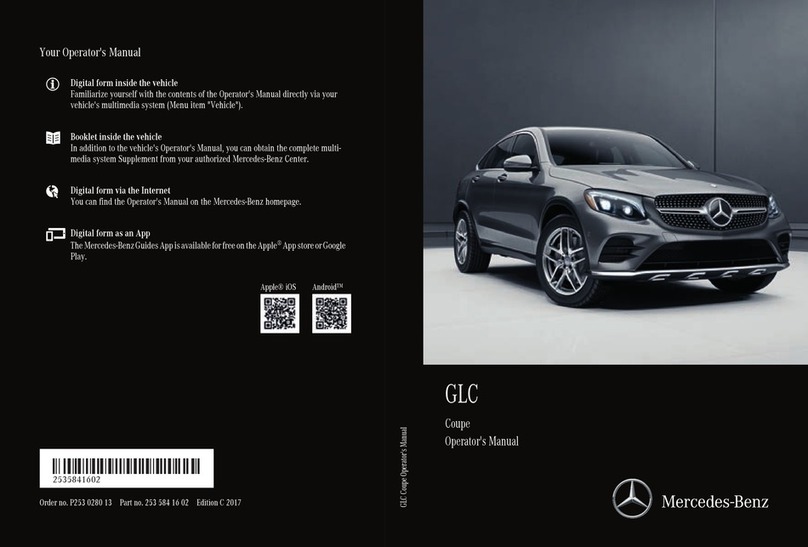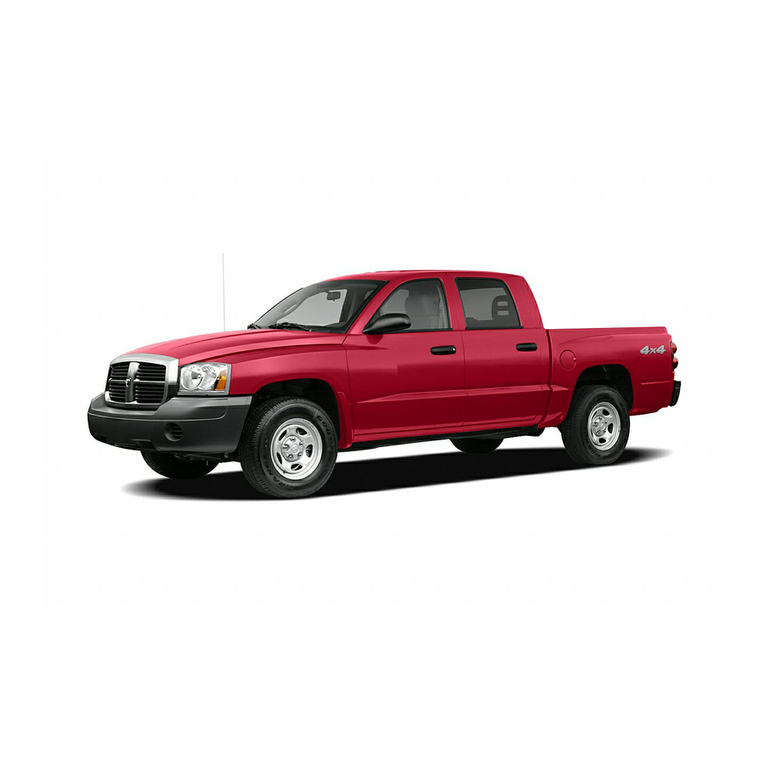
0.2 Fi
lli
ng
Capacities
Fuel tank
..
. . . . . .
......
. .
....
. . .
...
. . . .
....
.
..
70
(121itres reserve)
-Optional
..........
.
....
.
...
. .
.......
....
. . 2 x 651itres (131itres reserve)
Engi
ne
:
601
, four-cylinder, complete re-fill .
... ...
.
.....................
7.
3lltres
601
, oil change with fitter . . . . . . . . . . . . . . . . .. . . . . . . . . . . . . .
.....
6.5 litres
602, five-cylinder, complete re-fill . . . . . . . . . . . . . . . . . . . . . . . . . . . . 7.5 litres
602, oil change with fitter . . . . . . . . . . . . . . . . . . . . . . . . . . . . . . . . . . . 7.0 litres
616, four-cylinder, complete re-fill . . . . . . . . . . . . . . . .. . . . . . . . . . . . 7.
511tres
616, oil change with fitter . . . . . . . . . . . . . . . . . . . . . . . . . . . . . . . . . . . 6.5 litres
Min Oil Fill Capacity:
601
engine
.......................................
.
.......
5.0 litres
602
engine
.......
.
....
........
....
.
......................
5.5 litres
616 engine
.............
. . .
..
.
...
..
......
.
..•.............
3.5 litres
Cooling System:
601
engine
..........
. .
....
. .
....
..
.......................
7.0 litres
602 engine.
...............
.
..
. . . . .
..
. . . .
... ...
.
..........
7.51itres
616 engine
.............
.
.....
.
..
....
.....
. . .
...........
11
.
7111res
Transmission
.....
.
..
.........
.
.........
................
. . .
...
2.3 lltres
Automatic transmission (fluid change)
.........
.............
.
....
.
..
5.9 litres
Power assisted steering . .
....
. .
..
.
.......
.
....
..
......
.
..
.....
. . 1.6 lltres
Rear axle:
•
Axletype741.400and741.401
..
........
............
...........
1.61itres
-Axle type
741
.404 and
741
.405 . . . . . .
...
.....................
.
..
1.81itres
Axle type
741
.5 (twin wheels)
..
.
..
........
..
.
..
.
......
.•
......
, , 1.8
litres
0.3. General
Servicing
Notes
The servicing and overhaul instructions in this Workshop Manual are laid out In
an
easy-to-follow step-by-step fashion and no diffiCulty should
be
encountered, If the text
and diagrams are followed carefully and methodically. The "Technical Data• sections
form an important part
of
the repair procedures and should always
be
referred to during
work on the vehicle.
In order that we can Include
as
much data as possible, you will find that we
do
nol
generally repeat
In
the text the values already given under the technical data headings
Again, to make the best use of the space available, we do not repeat at each operation
the more obvious steps necessary -we feel it to be far more helpful
to
concentrate
on
the difficult or awkward procedures
In
greater detail. However, we summarise below a
few of the more Important procedures and draw your attention to various points of
general interest that apply to all operations.
Always use the torque settings given
In
the various main sections
of
the manual.
These are grouped together in separate sub-sections for convenient reference.
Bolts and nuts should be assembled
in
a clean and very lightly oiled condition and
fa
ces and threads should always be inspected to make sure that they are free from
damage burrs or scoring. DO
NOT
degrease bolts or nuts.
All
joint washers, gaskets, tabs and lock washers, split pins and
"0"
rings must be
replaced on assembly. Seals will,
In
the majority of cases, also need
to
be replaced, If
the shaft and seal have been separatecj. Always lubricate the lip
of
the seal before
assembly and take care that the seal lip
Is
facing the correct direction.
6
References to the left-hand and right-hand sides are always to
be
taken es
if
the
observer is at the rear of the vehicle, facing forwards, unless otherwise stated.
Always make sure that the vehicle Is adequately supported, and on firm ground, before
commencing any work on the underside of the car. A small jack or a make shift prop
can
be
highly dangerous and proper axle stands are an essential requirement for your
own safely.
Dirt, grease and mineral oil will rapidly destroy the seals of the hydraulic system and
even the smallest amounts must
be
prevented from entering the system or coming Into
contact with the components. Use clean brake fluid or one of the proprietary cleaners
to
wash the hydraulic system parts. An acceptable alternative cleaner Is methylated
spirit, but It this
Is
used, It should not
be
allowed to remain In contact with the rubber
parts for longer than necessary. It Is also Important that all traces of the fluid should be
removed from the system before final assembly.
Always use genuine manufacturer's spares and replacements
for
the best results.
Since the manufacturer uses metric units when building the cars
It
Is
recommended
that, these are used for all precise units. Inch conversions are given in most cases but
these are not necessarily precise conversions, being rounded off for the unimportant
values.
Removal and installation Instructions,
In
this Workshop Manual, cover the steps to take
away or put back the unit or part
In
question. Other Instructions, usually headed
·servicing", will cover the dismantling and repair
of
the unit once it has been stripped
from the vehicle
It
Is
pointed out that the major instructions cover a complete overhaul
of all parts but, obviously, this will not always be either necessary and should not be
carried out needlessly.
There are a number of variations
In
unit parts on the range of vehicles covered in this
Workshop Manual.
We
strongly recommend that you take care to Identify the precise
model, and the year of manufacture, before obtaining any spares or replacement parts.
Std
.: To Indicate sizes and limits of components
as
supplied by the
manufacturer. Also
to
Indicate the production tolerances of new unused parts.
OIS
Paris supplied as Oversize or Undersize or recommended limits for such parts,
to enable them to be used with worn or re-machlned mating parts.
U/S
0/S
Indicates a part that Is larger than Std. size U/S
may
Indicate a bore
of
a
bushing or female part that
Is
smaller than Std.
Max.: Where gtven against a clearance or dimension Indicates the maximum
anowable If
In
excess
of
the value given It
Is
recommended that the appropriate
part
Is
frtted.
TIR: Indicates the Total Indicator Reading as shown
by
a dial Indicator (dial
gauge).
TDC: Top Dead Centre (No. 1 piston on tiring stroke).
MP: Multi-Purpose grease.
0.
4.
Jac
king
up
of
th
e Ve
hi
cle
For small jobs, jack up the vehicle as described In the Owner's Manual, with the
hydraulic jack supplied with the vehicle. If a mobile jack Is used, make sure it can take
the weight of the vehicle. Additional weights should always be removed from the cargo
room
of
the vehicle.
To
Jack
up the vehicle completely, first jack
up
the front end. Chock the rear wheels to
prevent the vehicle from rolling off the jack or apply the handbrake. Place a mobile
jack
underneath the front axle. If the hydraulic vehicle jack Is used, place it underneath the
spring as shown In Fig. 04, Immediately
In
front
of
the front axle.
7



















































